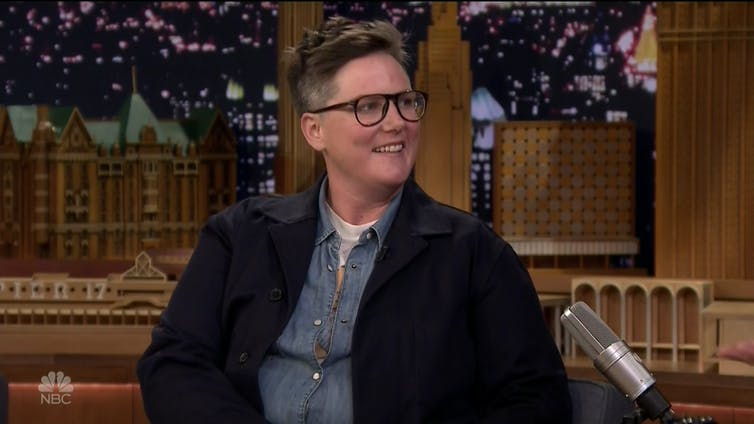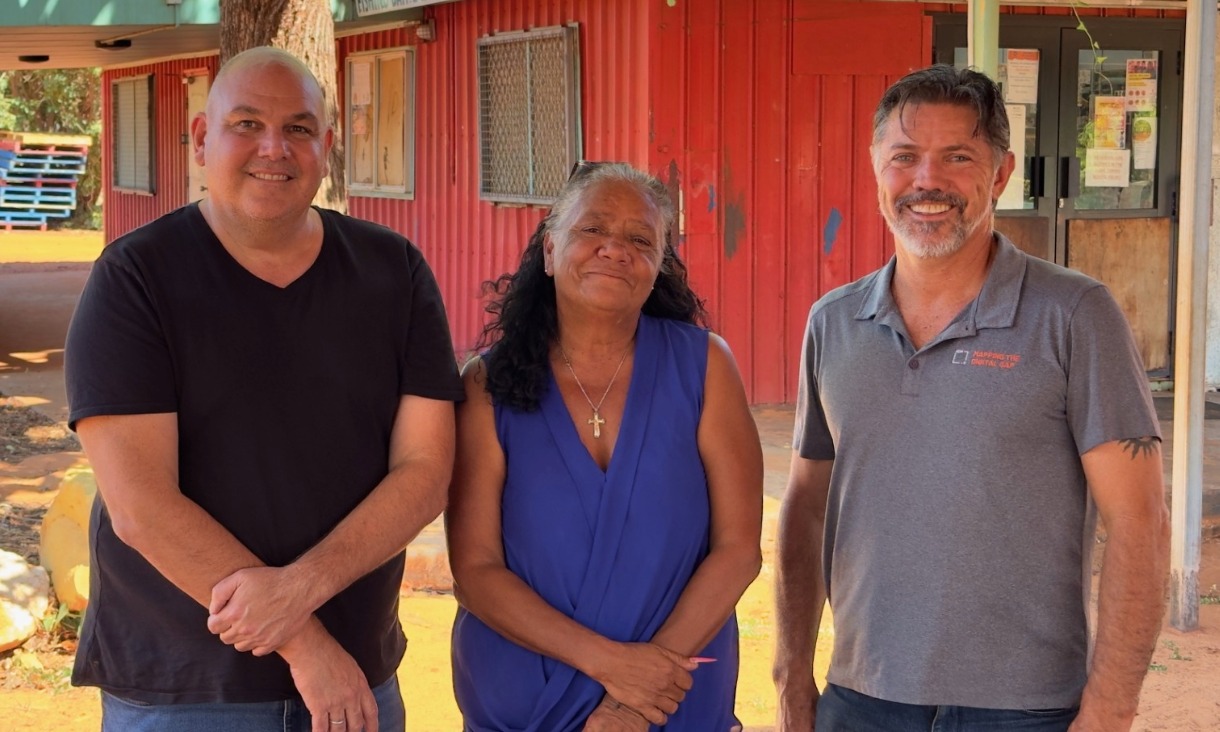Netflix officially entered the Australian market in 2015, and now reaches 50% of Australia’s adult population. Despite its remarkable success, Netflix has had no local office and a handful of local staff.
This looks likely to change when Netflix opens its Australian headquarters later in the year. The company has hired two senior Sydney-based staffers – a head of publicity for Netflix originals in Australia/New Zealand, and a director of public policy – and is looking for office space to house what is expected to be a team of around 10 employees.
All this suggests Netflix may be inching closer to becoming a “local” media company, with an increased presence in our small but profitable national market. What might this mean for local screen producers?
The context
The streaming revolution has brought with it benefits and risks for different parts of the industry.
On the positive side, Netflix and its local competitor Stan have introduced welcome competition into broadcast and pay-TV markets; provided the production industry with another distribution and funding source; picked up and revived series dumped by broadcasters; addressed underserved viewing communities; contributed to more cosmopolitan popular culture consumption; and provided a global platform for select Australian content.
Yet there are significant policy challenges ahead, especially when it comes to local content. A study of the Netflix Australia catalogue last year by members of our research team found it carries around 1% Australian content. Unsurprisingly, Netflix is under pressure to increase the number of Australian originals and to increase the number and discoverability of Australian titles in its catalogue.
On the production front, Netflix and Stan are largely responsible for the rapid growth – off a low base – in online drama expenditure, which totalled $53 million in 2017-2018 (for the first time, more than the total spend for kids’ television). However, this needs to be seen in the context of total production expenditure, which has fallen to a six-year low.
Another issue to consider is the government’s recent decision to extend the Post, Digital and Visual Effects and Location Offsets to streamers. Previously available only for broadcast, pay-TV and film producers, these schemes will now extend to Netflix, Amazon Prime and Stan, who can claim a refundable tax offset when producing in Australia.
This will have the knock-on effect of employing local production houses, actors and other businesses and is likely to further increase investment in the online drama category.
So far, the federal government has shown little inclination to follow the European Parliament’s decision last year to approve a 30% local (i.e., European) content quota for video streaming services, despite concerted and coordinated advocacy from production industry bodies.
But one thing is for sure – if there is no move to incorporate streamers into the regulatory framework, the disparity between commercial broadcasters’ regulatory burden and that of foreign streamers will grow, strengthening the regularly-put case by broadcasters and pay-TV for deregulation.










